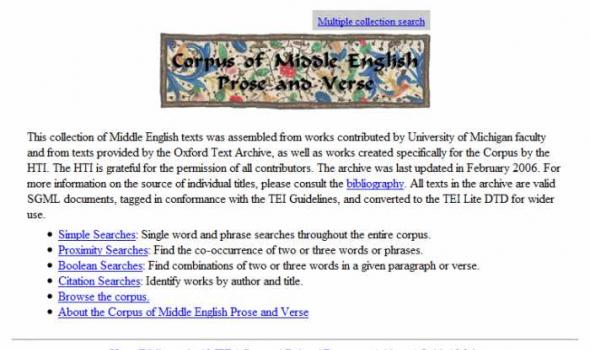Category: History & Historiography, Image, English, War, United States
Results
"American Originals" is a changing exhibit that has presented the nation's greatest documentary treasures in the Rotunda of the National Archives Building since December 1995. Over the years, the exhibit has featured the first printing of the Declaration of Independence, the police blotter listing Abraham Lincoln's assassination, the first report of the Titanic's collision with an iceberg, Rosa Parks's arrest records, and many other items. Both famous and rare, these documents provide unique insights into the towering figures and events that have shaped U.S. history.
Here will be preserved all . . . the records that bind State to State and the hearts of all our people in an indissoluble union. --President Herbert Hoover, upon laying the cornerstone of the National Archives Building, February 20, 1933 American Originals presents some of the most treasured documents in the holdings of the National Archives. They have passed through the hands of George Washington, Helen Keller, Wyatt Earp, Napoleon, Rosa Parks, and John Hancock, connecting us physically to another moment in time. While some of the documents announce their own importance with a grand design, others quietly mark a revolution.
Here will be preserved all . . . the records that bind State to State and the hearts of all our people in an indissoluble union. --President Herbert Hoover, upon laying the cornerstone of the National Archives Building, February 20, 1933 In 1803 the young republic nearly doubles in size with the Louisiana Purchase. A casualty list of the 54th Massachusetts Infantry Regiment reveals the sacrifices of the most celebrated African-American regiment that fought in the Civil War. A police blotter lists the assassination of President Abraham Lincoln, April 14, 1865.
The Harvard Law School Library has approximately one million pages of documents relating to the trial of military and political leaders of Nazi Germany before the International Military Tribunal (IMT) and to the twelve trials of other accused war criminals before the United States Nuremberg Military Tribunals (NMT).
The documents, which include trial transcripts, briefs, document books, evidence files, and other papers, have been studied by lawyers, scholars, and other researchers in the areas of history, ethics, genocide, and war crimes, and are of particular interest to officials and students of current international tribunals involving war crimes and crimes against humanity.























